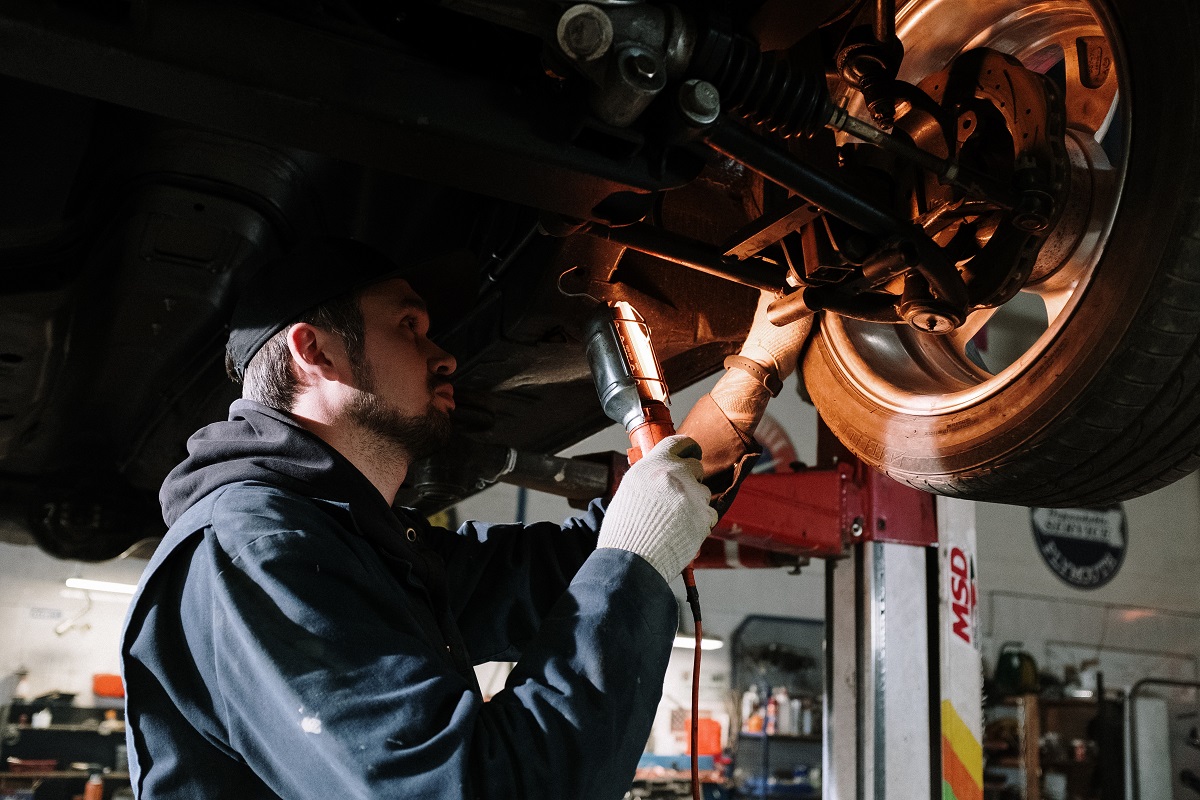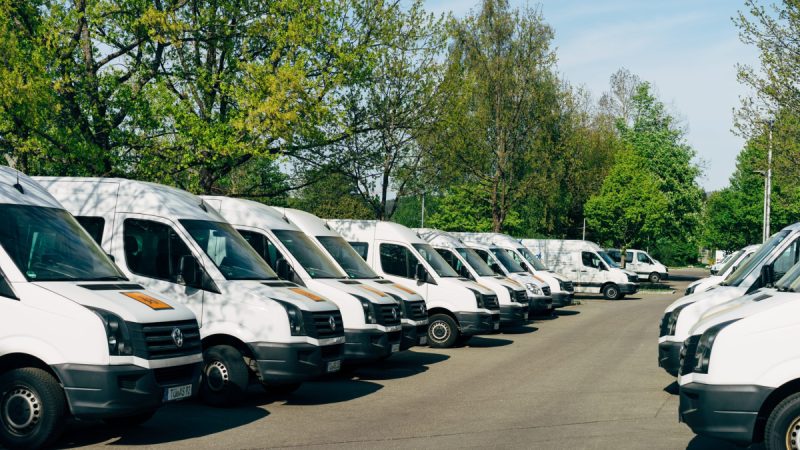The Booming Business of Restoration and Repair

It’s the Industrial Age. We are manufacturing more products each year. Sales for engineering essentials are at an all-time high, leading to more business opportunities. Franchises for hydraulic hoses and other essential machinery parts are now a profitable venture for small- and big-time entrepreneurs alike.
As increased production lowers selling prices, people would buy items with lower expectations. “They don’t make things like they used to”—that’s what they say. And so, instead of calling repair services, people would opt to buy a new appliance instead.
Yet recently, the market is changing its views. More people hold on to their appliances for as long as they can. Meanwhile, others are foraging their attics and garages for antique finds because old-school items are ‘cool’ again.
Here are a few reasons why the restoration and repair business is booming again.
Recessions
Millennials may be “the unluckiest generation in U.S. history,” as The Washington Post called them. They have witnessed the worst economic odds. From 1981, where the millennial generation starts, until today, there have been five recessions in America already: during 1981-1982, the early 90s, the early 2000s, the Great Recession from 2007-2009, and finally, the Covid-19 recession, from which we haven’t completely bounced back.
Global economic depressions affect consumer behavior greatly. Consumers become more cautious about where they spend their money. Consumers put off buying durable goods, from appliances to furniture. Even if the item is past its time, they resort to repairs.
From 2007-2013, the relative importance of durable goods changed significantly depending on the economic stage. In the 2007 economic boom, their relative importance was at 10.837, which dropped to 8.968 (nearly 20%) during the recession. It rose again during the 2013 recovery, but only for a bit: 9.201.
Thus, the effects of the recession on consumer spending are still seen afterward, as the market remains conscious about their money. Over time, the cycle of economic boom, recession, and recovery changes long-term spending preferences, such as the decline of landline phones.
A Matter of Style
Nostalgia is in. The growing preference for vintage designs is making more jobs for antique restorers and appraisers.
Classic cars are getting back the spotlight in contemporary shows. In Comedians in Cars Getting Coffee, Jerry Seinfeld drives a different set of vintage wheels each episode. Restoration reality shows such as Chasing Classic Cars and Lost in Transmission are converting more viewers into collectors.
“Car collectors don’t all look like the millionaires on TV,” says David Madeira, CEO of LeMay-America’s Car Museum, in an interview with Forbes. Car restoration has customers from high to medium class brackets, as the budget can run anywhere from $30,000 to millions. Madeira continues, “It’s not only the high-end scene, the Barrett-Jacksons or Pebble Beach, or Amelia Island, where they have these million-dollar cars.”

Nonetheless, as the market grows, the industry is still keeping up. Car collectors are searching for experts to work on their car, but there’s not enough mechanics around. The classic car restoration business is in need of more youngbloods.
To get more recruits, America’s Car Museum launched its Hagerty Education Program, which offers educational grants, scholarships, and apprenticeships for young adults who want to pursue car restoration.
Aside from classic cars, antique-looking interior designs are also becoming a trend. Rotary phones are making a return, from music videos to showrooms. Flipping furniture and household equipment can likewise be a sustainable business.
Some small-time restorers are flipping their old furniture and devices and auctioning them on eBay. Vintage rotary phones, for example, are gaining value due to their novelty. A listing online can go from $20 to $500, with the average price ranging from $40 to $70.
Ecological Reasons
In Canada, the Repair Café is promoting the zero-waste lifestyle by teaching people the value of repairs. They hold monthly gatherings to show people how to repair things by themselves, from faulty appliances to patchy clothes. Anyone can come in and bring broken items. If you have nothing to repair, the organization still welcomes you to enjoy a cup of coffee or simply leaf through their DIY and repair books.
From a small group of volunteers, the non-profit organization has expanded to 1,003 centers worldwide. Outside Canada, Repair Café can now be found in Germany and Netherlands.
Relaxation
There’s a new type of ASMR video online. It involves a step-by-step process of restoring old items, from rusty pocket watches to yellow-stained Nintendo DSi XL Gameboy.
Like other ASMR content, restoration videos include no narration or commentary, purely a visual and auditory experience of the process. YouTube channels differ in their featured antiques. Restoration Channel does intensive repair of rusty cars and motorcycles. MrRescue is fond of miniature car models. Odd Tinkering features unique finds such as a vintage flashlight.
Restoration and Repair Business: A Good Mix of Technical and Business Smarts
There will always be a customer needing some repair. There’s a lot of ways to enter the industry, and to produce the best results, it’s important to note that it takes a good mix of technical skills and entrepreneurial wisdom to make it work.




